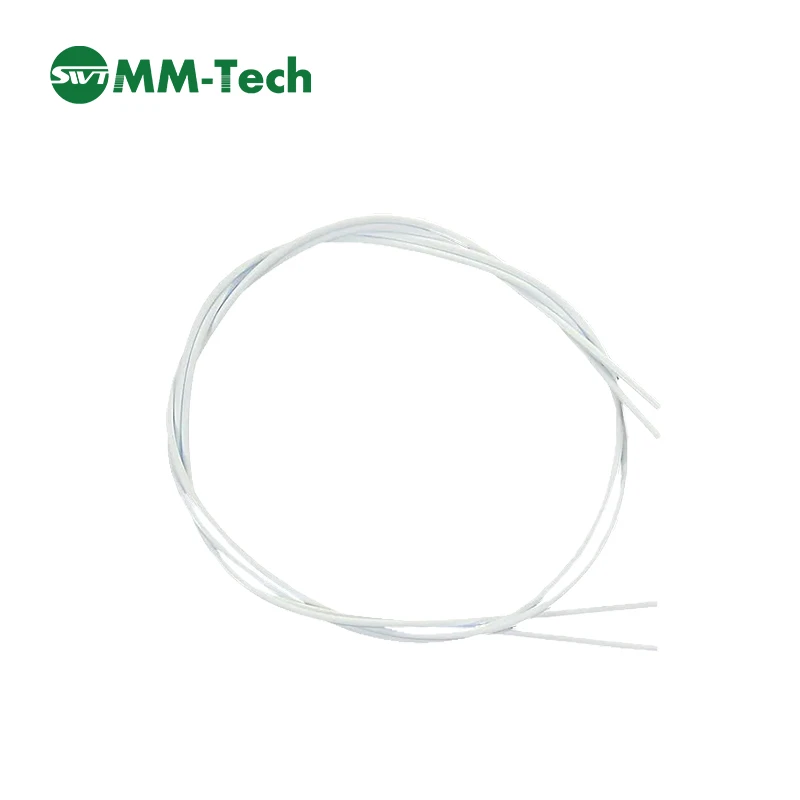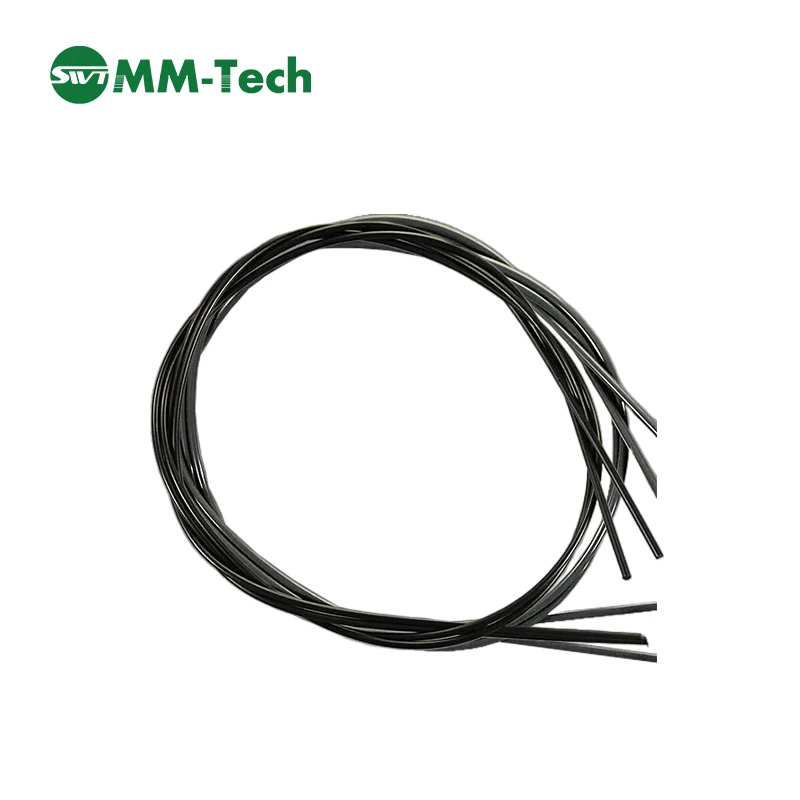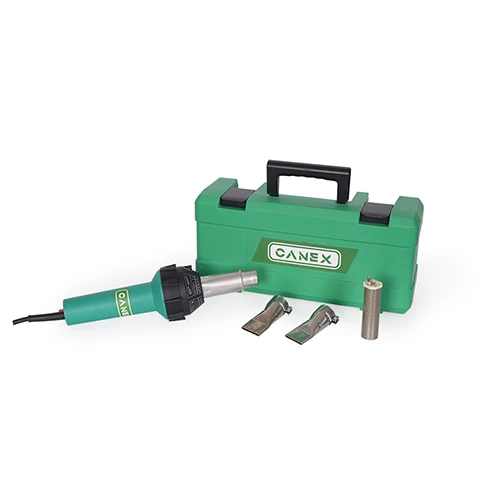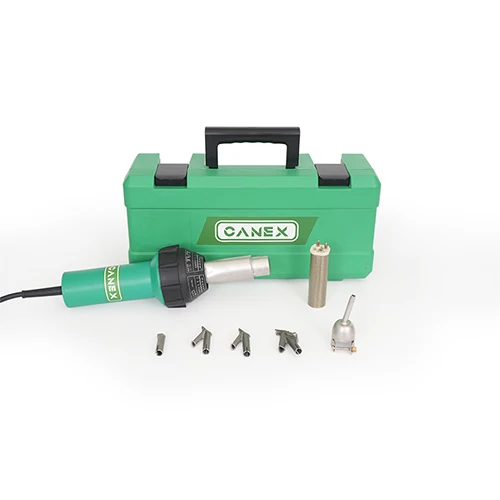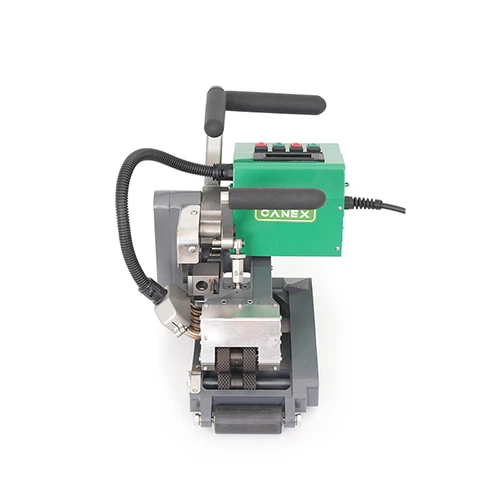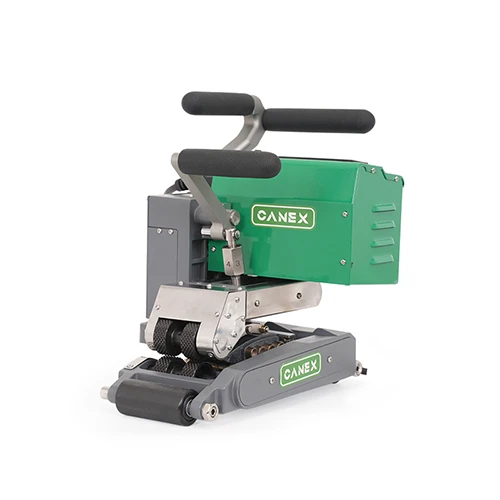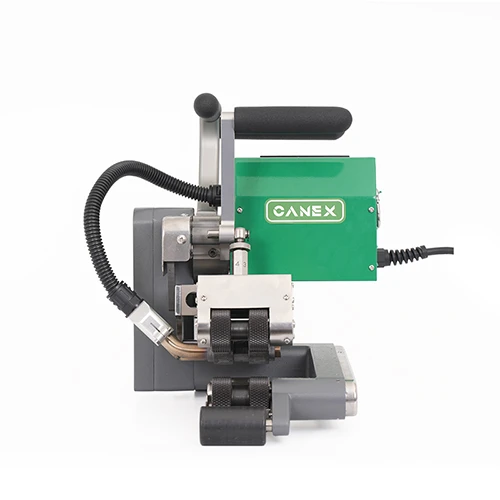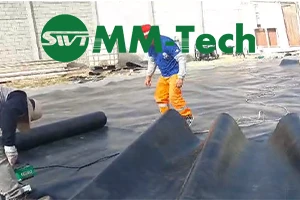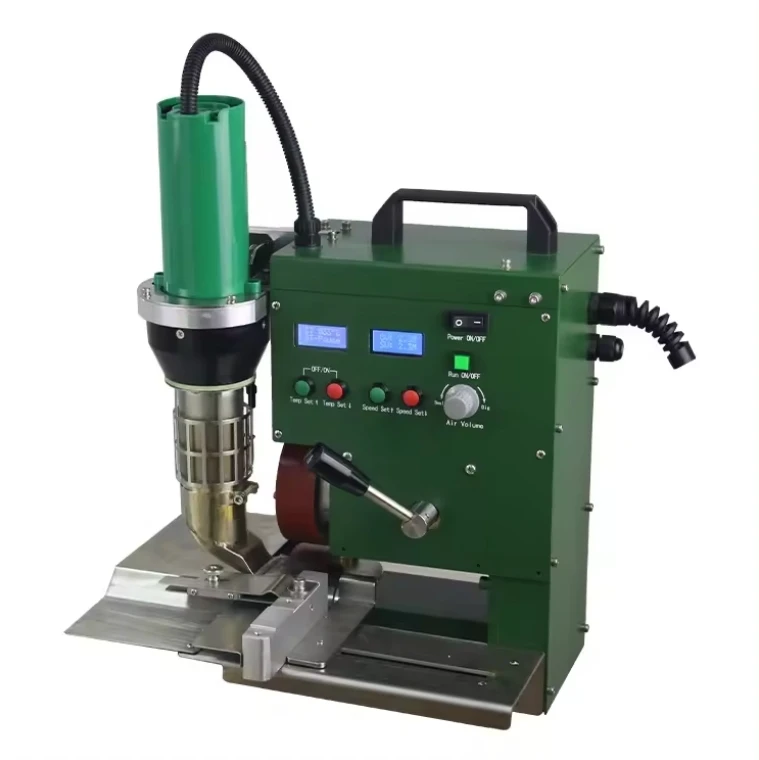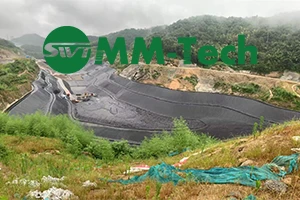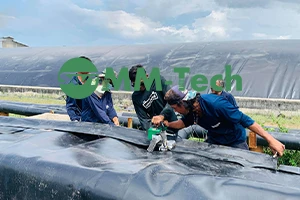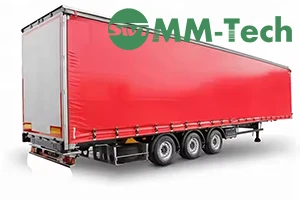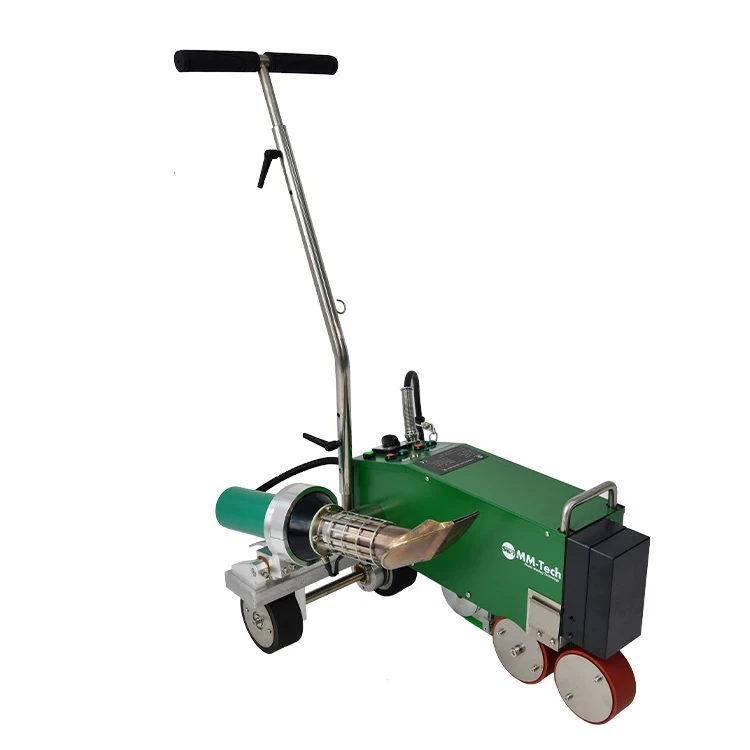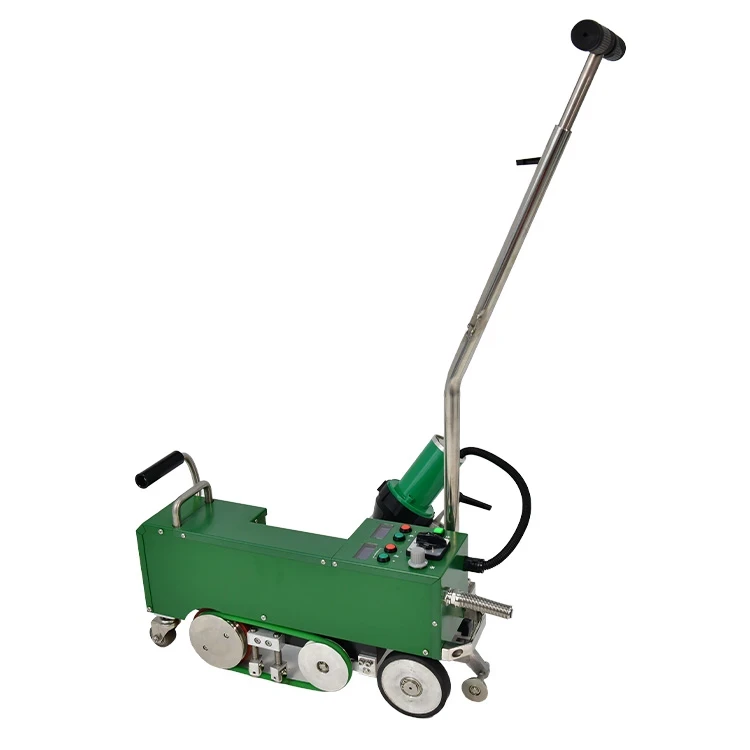-
 Email: info@peweldingmachine.com
Email: info@peweldingmachine.com
-
 +86-137 3974 5191
+86-137 3974 5191
-
 Thêm vào:
Thêm vào:Số 355, phố Youyi, quận Qiaoxi, thành phố Thạch Gia Trang, tỉnh Hà Bắc, Trung Quốc.
How Do Geomembrane Welders Ensure Secure Seams in Industrial Linings?
Th6 . 04, 2025 16:35
In the realm of waterproofing and containment systems, the integrity of seams in geomembranes is critical for preventing leaks and ensuring long - term performance. Key tools in achieving reliable welds include thợ hàn màng địa kỹ thuật, máy hàn nêm nóng, thợ hàn lót ao, thợ hàn nêm, and those available as máy hàn nêm để bán. These machines are designed to fuse geomembrane materials seamlessly, addressing challenges in industries such as environmental protection, agriculture, and infrastructure.

The Role of Geomembrane Welders in Industrial Applications
A thợ hàn màng địa kỹ thuật is a specialized device engineered to join geomembrane sheets, which are used in projects like landfills, reservoirs, and aquaculture ponds. These welders apply heat and pressure to create strong, waterproof bonds. For instance, in landfill construction, a thợ hàn màng địa kỹ thuật fuses high - density polyethylene (HDPE) liners to prevent leachate from contaminating soil and groundwater. The precision of these machines ensures that welds meet strict standards for tensile strength and seam quality, reducing the risk of system failure over time.
Hot Wedge Welders: Mechanism and Advantages
Hot wedge welder technology is a cornerstone in geomembrane welding. These machines use a heated metal wedge to melt the edges of two geomembrane sheets, which are then pressed together by rollers to form a bond. This method is ideal for thicker membranes, such as those used in large - scale pond liners or industrial containment systems. The adjustable temperature and speed settings of hot wedge welders allow operators to customize the welding process based on the material thickness and environmental conditions, ensuring consistent and reliable results.
Pond Liner Welders: Tailored Solutions for Aquatic Projects
Pond liner welders are specialized variants designed for installing liners in ponds, lakes, and aquaculture facilities. These welders are often compact and portable, making them suitable for on - site applications where mobility is key. For example, when constructing a fish farm pond, a thợ hàn lót ao can quickly and effectively join PVC or HDPE liners, creating a watertight barrier that prevents water loss and protects aquatic life. The machines are typically easy to operate, allowing workers to achieve professional - quality welds without extensive training.
Wedge Welders: Versatility in Material Bonding
Wedge welders are versatile tools capable of welding a range of thermoplastic materials, including polyethylene (PE), polypropylene (PP), and PVC. Their design features a heated wedge that separates and melts the material edges, followed by pressure rollers that fuse them together. This makes thợ hàn nêm suitable for applications beyond geomembranes, such as roofing membranes and agricultural films. In agricultural settings, they can be used to repair or join irrigation liners, ensuring efficient water distribution systems.
Considerations When Buying a Wedge Welder for Sale
When evaluating máy hàn nêm để bán options, several factors should be prioritized. First, consider the material type and thickness you will be working with, as different welders are optimized for specific ranges. For example, a welder designed for thin PVC pond liners may not be suitable for thick HDPE geomembranes used in landfills. Additionally, check the machine’s temperature range, welding speed, and portability. Look for models with user - friendly controls and reliable safety features, such as automatic shut - off mechanisms to prevent overheating. Purchasing from a reputable supplier ensures access to after - sales support and genuine replacement parts.
FAQ: Key Insights for Geomembrane Welding
What factors affect the quality of a geomembrane weld?
Quality depends on temperature, pressure, and welding speed. Inadequate heat may result in weak bonds, while excessive heat can degrade the material. Proper alignment of the membrane edges and consistent pressure from the welder’s rollers are also critical. Environmental factors like wind and humidity can affect welding conditions, so it’s advisable to work in controlled or sheltered environments when possible.
Can wedge welders be used for underwater applications?
Most thợ hàn nêm are designed for above - ground use, as underwater welding requires specialized equipment and techniques. However, some heavy - duty models may be used in submerged environments if the membrane is properly supported and the welder is adapted for moisture resistance. Always consult the manufacturer’s guidelines before attempting underwater welding.
How often should a hot wedge welder be maintained?
Regular maintenance is essential to ensure optimal performance. Clean the welding wedge and rollers after each use to remove debris or melted material buildup. Inspect the heating element and temperature controls periodically to ensure they are functioning accurately. Lubricate moving parts as recommended by the manufacturer to prevent wear and tear, and replace worn - out components promptly to avoid compromising weld quality.
What safety precautions should be taken when operating a wedge welder?
Operators should wear heat - resistant gloves and eye protection to prevent burns and eye injuries from hot material or sparks. Ensure the work area is well - ventilated to avoid inhaling fumes from melted plastics. Keep the welder away from flammable materials and never leave it unattended while it is powered on. Always disconnect the power source when performing maintenance or cleaning.
Are there portable options available for wedge welders?
Yes, many manufacturers offer portable thợ hàn nêm that are lightweight and easy to transport. These models are ideal for on - site projects or remote locations where fixed welding setups are impractical. Portable welders often feature compact designs, built - in handles, and compatible power sources (such as generators) for versatility in the field.
Sản phẩm liên quan
Video liên quan
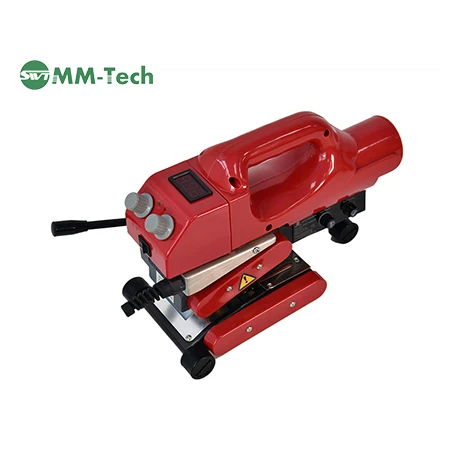

Hướng dẫn vận hành máy hàn Geo Hot Wedge có màn hình hiển thị kỹ thuật số SWT NS800D
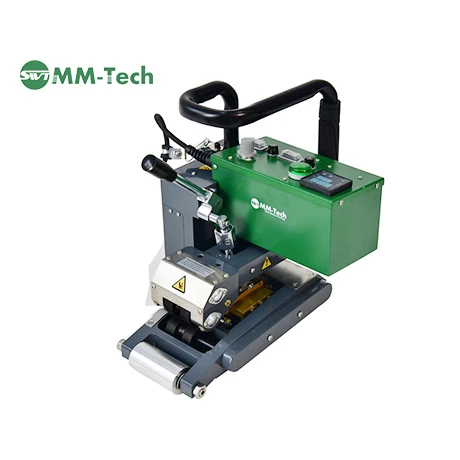

Hướng dẫn vận hành máy hàn Geo Hot Wedge hạng nặng SWT-NS900
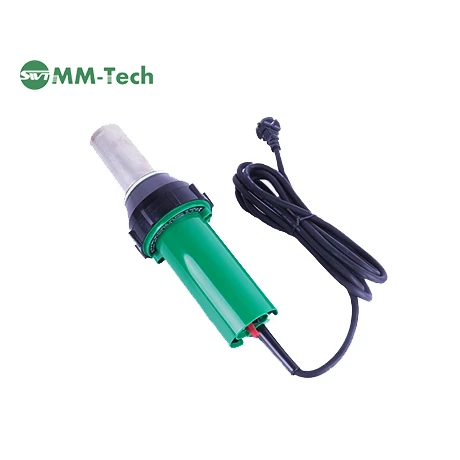

Hướng dẫn sử dụng dụng cụ khí nóng chuyên nghiệp mạnh mẽ SWT-NS3400A
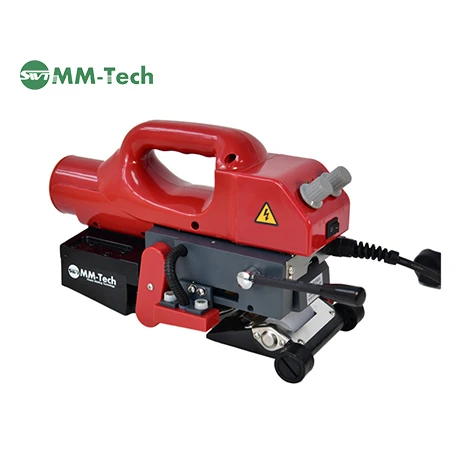

Hướng dẫn vận hành máy hàn Geo Hot Wedge SWT NS800
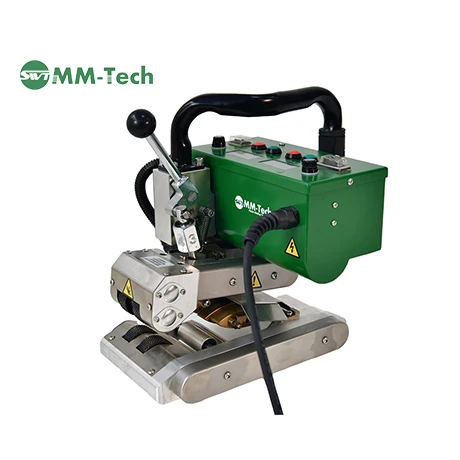

Hướng dẫn vận hành máy hàn nêm nóng HDPE nhỏ gọn SWT-NSGM1
Tin tức liên quan
ĐĂNG KÝ NHẬN BẢN TIN
Dear customer, thank you for your attention! We provide high-quality machinery and equipment and look forward to your orders. Please inform us of your needs and we will respond quickly!









